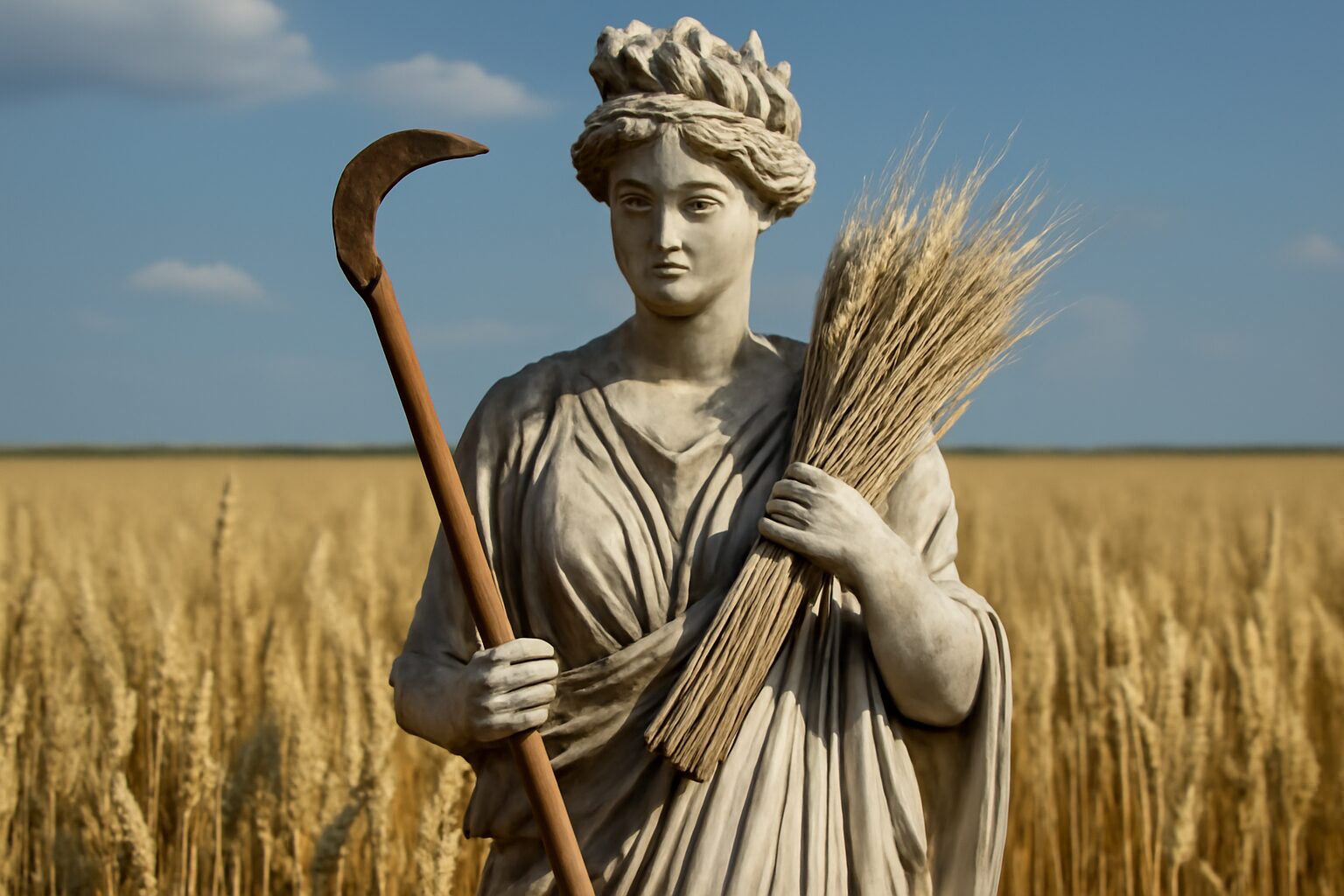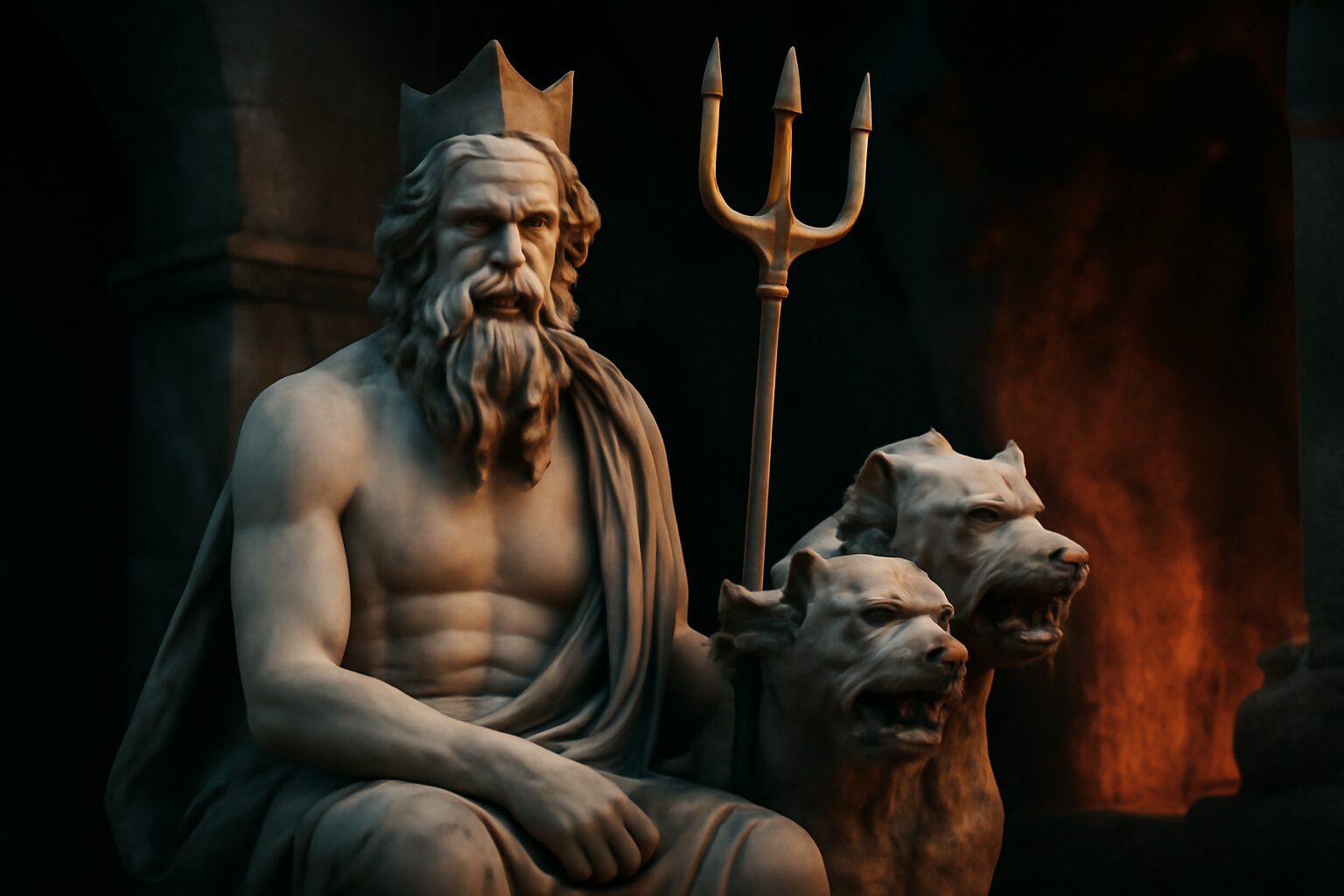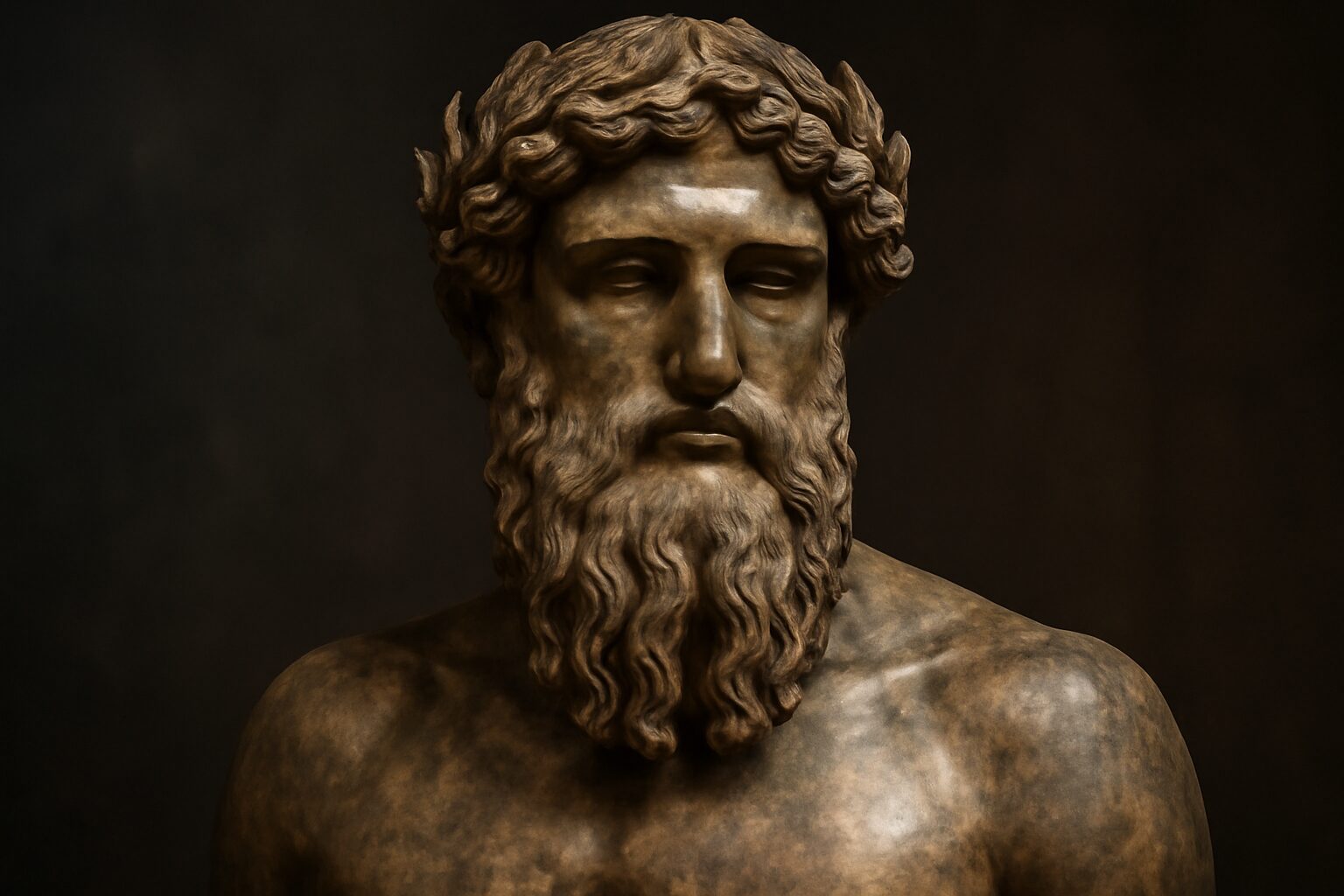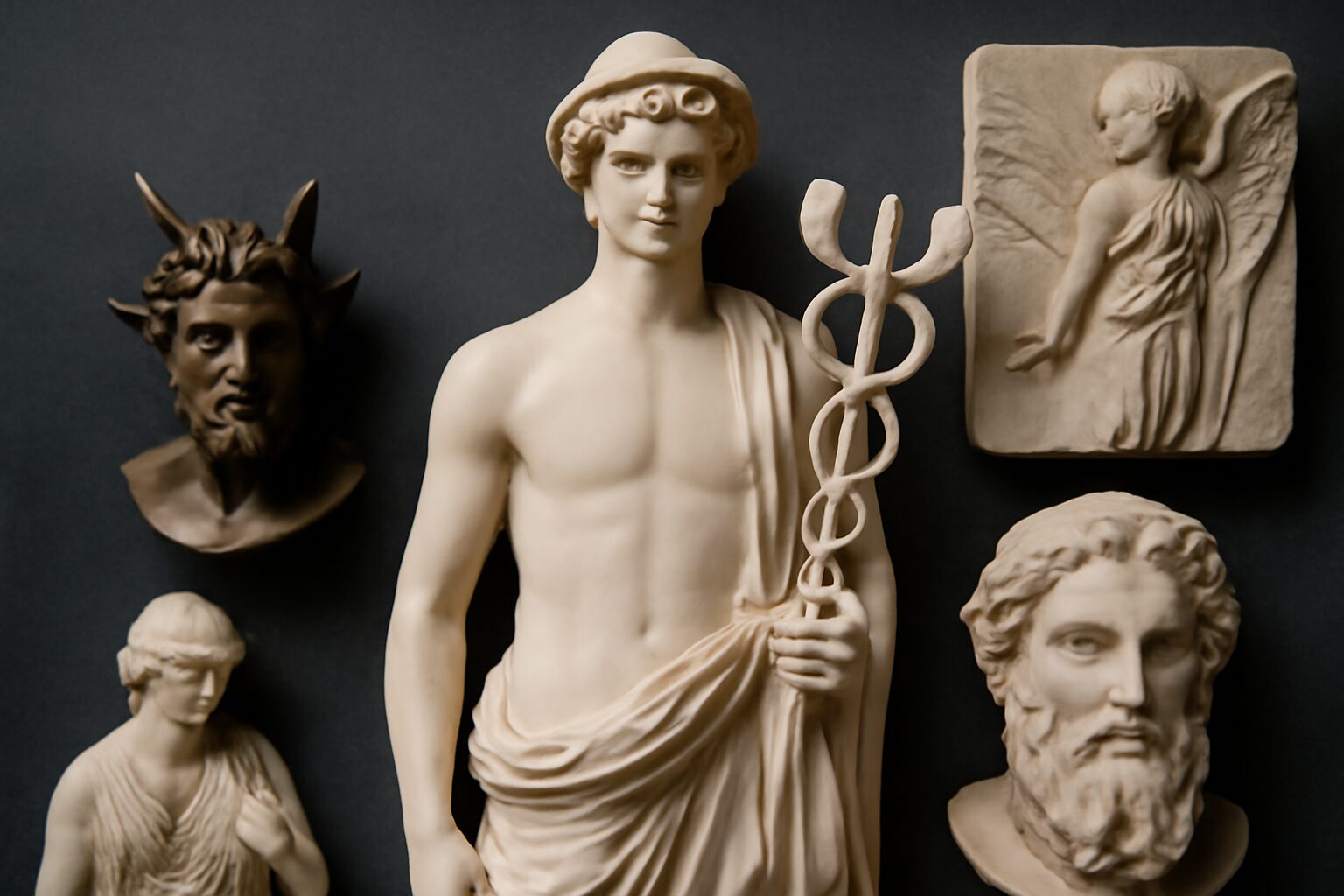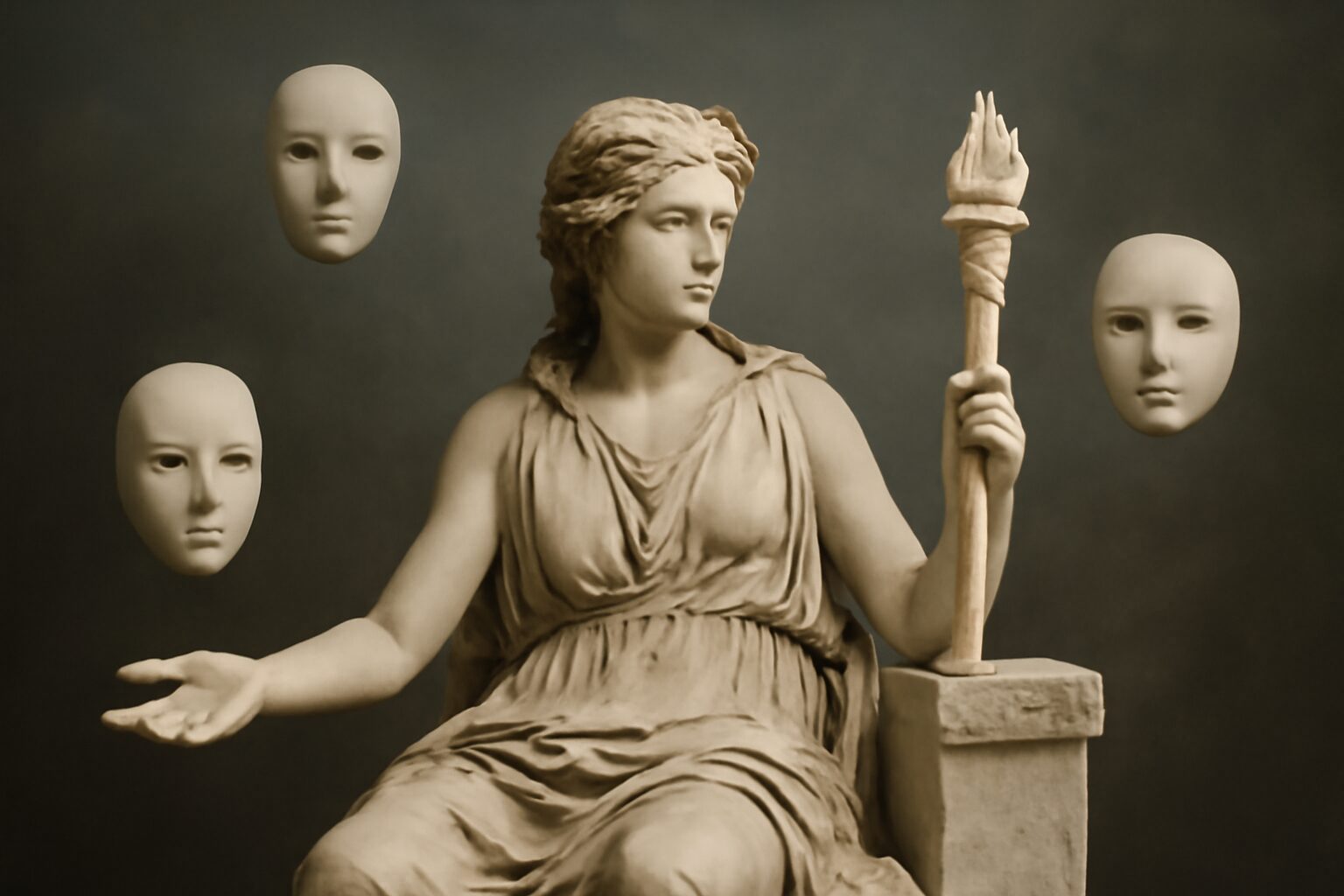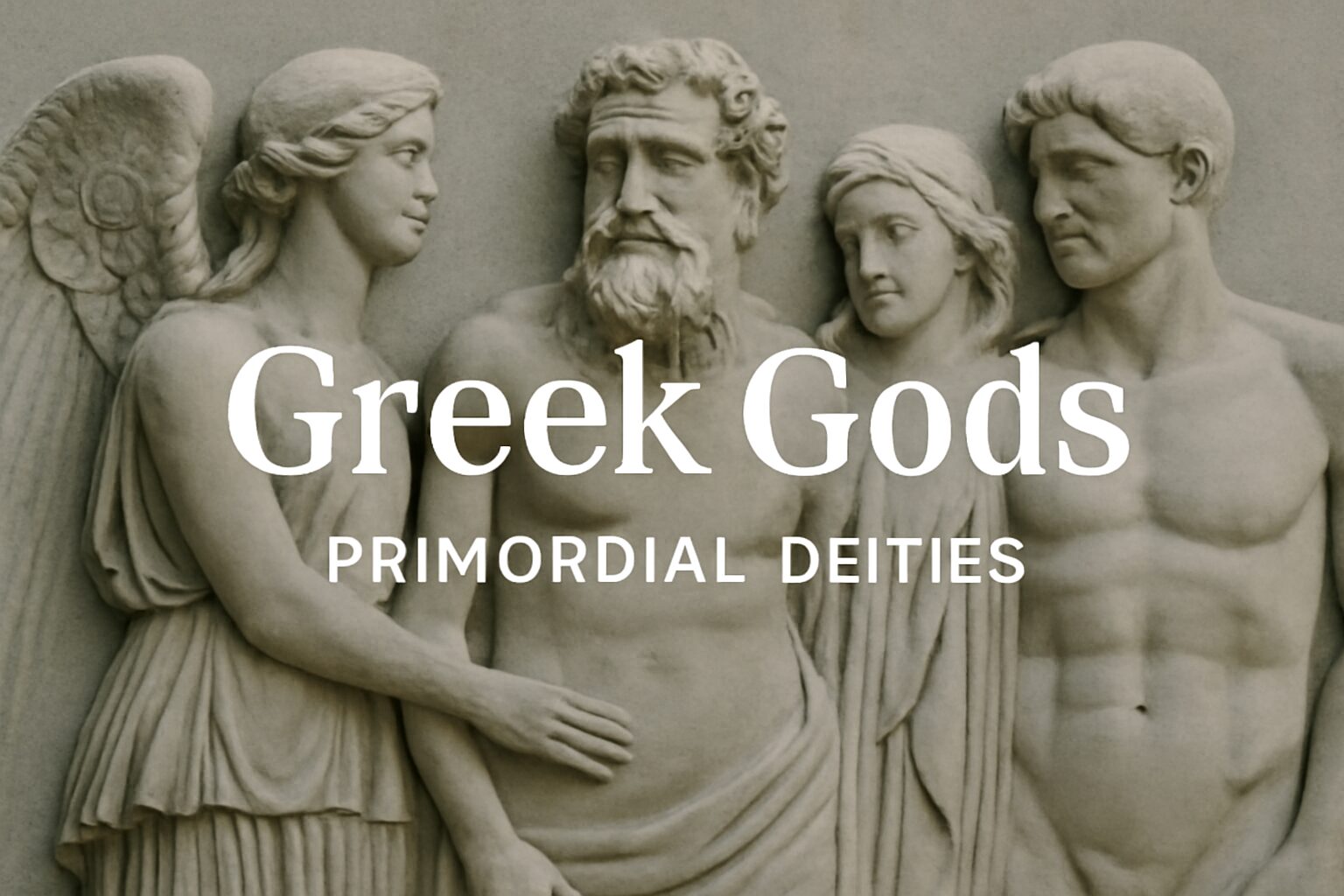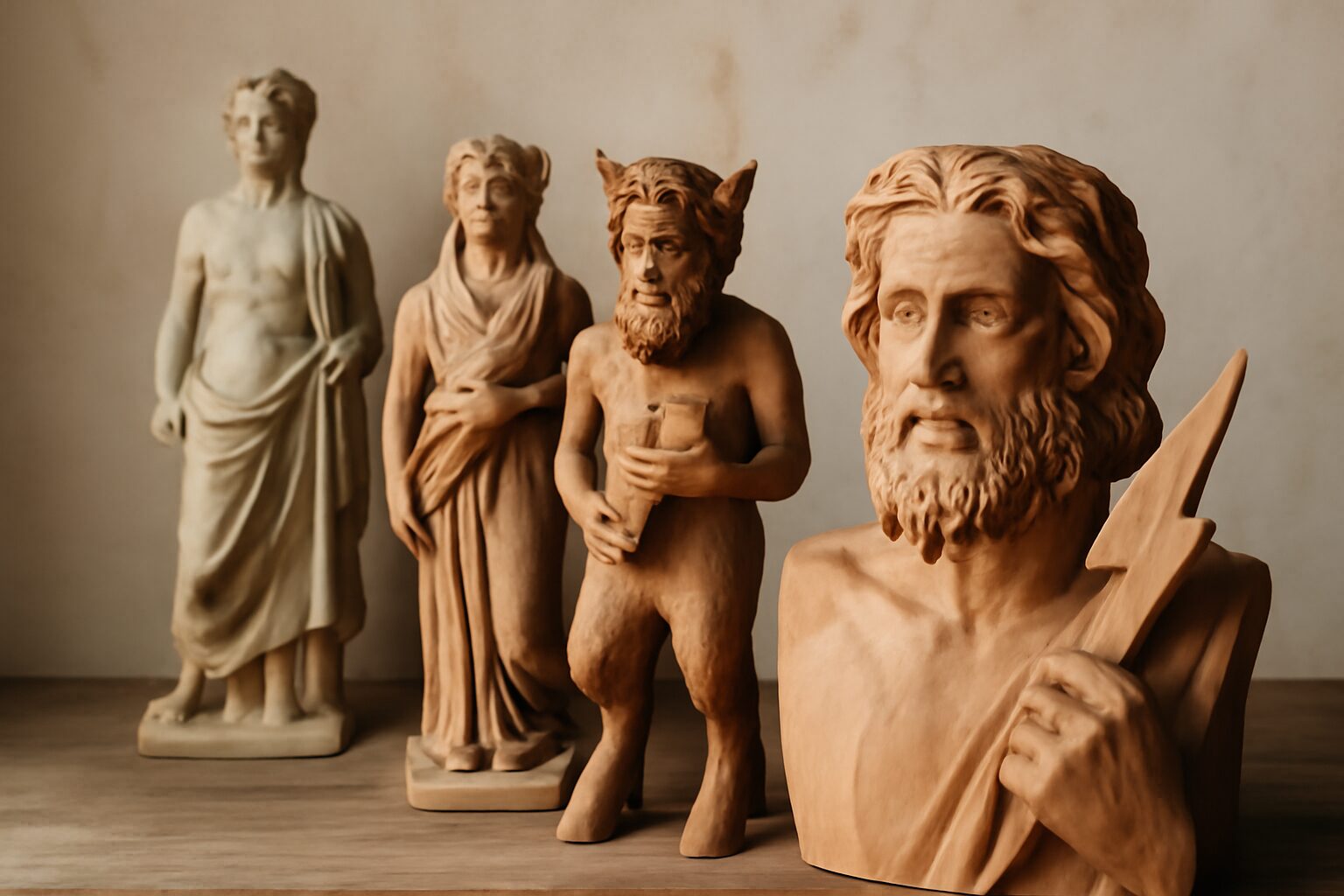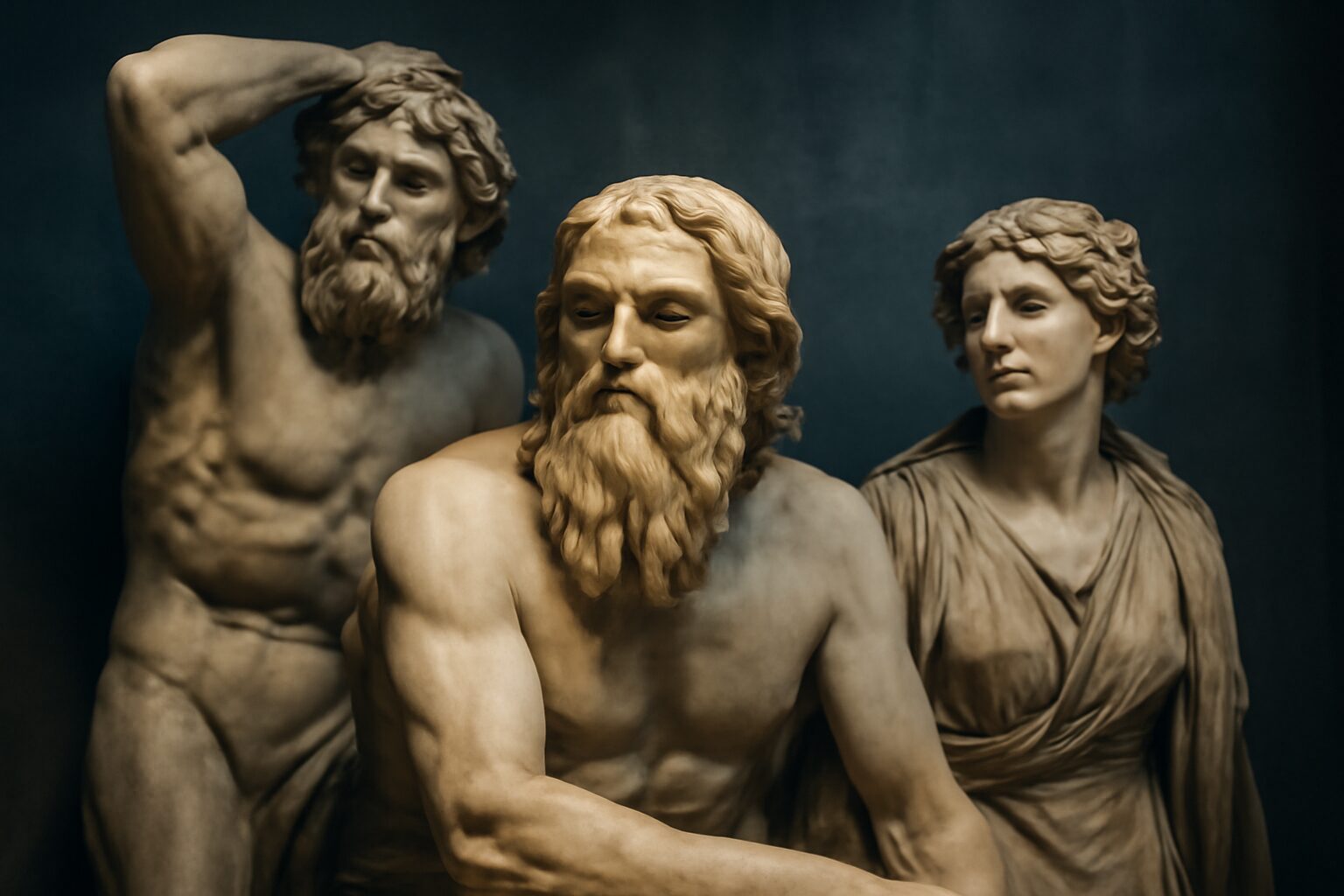Antheia: The Blossoming Goddess of Flowers
In the lush pantheon of Greek mythology, Antheia (also spelled Anthea) stands as the radiant goddess of flowers, blossoms, and floral wreaths. Her name derives from the Greek word anthos, meaning "flower," perfectly encapsulating her divine domain. Though not as widely known as some Olympian deities, Antheia played a vital role in the natural world and human celebrations.
Mythology and Worship
Antheia was one of the Charites (Graces), the trio of goddesses representing beauty, charm, and joy—often depicted as companions of Aphrodite. Some traditions place her among the Horae, the goddesses of the seasons, emphasizing her connection to spring's renewal. She was particularly worshipped in Crete and Athens, where floral wreaths were central to festivals and rituals.
Ancient Greeks invoked Antheia during weddings and celebrations, as flowers symbolized love, fertility, and the fleeting beauty of life. Her presence was believed to bless ceremonies with natural splendor and grace.
Powers and Symbolism
As the embodiment of floral abundance, Antheia governed the blooming of gardens, meadows, and wildflowers. She was associated with fertility, youth, and the ephemeral nature of beauty. Unlike gods who wielded thunder or seas, her power lay in the delicate yet persistent force of nature's cycles.
Her symbols included wreaths of flowers, particularly myrtle and roses, which adorned statues and altars in her honor. In art, she was often depicted with a gentle smile, holding blossoms or scattering petals.
Relationships and Legacy
Antheia was closely linked to Aphrodite, the goddess of love, as flowers were integral to romantic and sacred rites. She also shared ties with Demeter and Persephone, whose myths revolved around seasonal growth and decay. Some legends suggest she was a favorite of Dionysus, the god of wine and revelry, as floral garlands were common in his festivals.
Though her myths are fewer than those of major Olympians, Antheia's influence persisted in Greek culture through poetry, art, and the enduring tradition of floral adornment. Today, her name lives on in words like anthem (originally a hymn of praise) and the scientific term anther (part of a flower).
Alternative Names for Antheia
God Name: Anthousa (Greek)
Anthousa is an alternative name for Antheia, derived from the Greek word 'anthos' meaning flower, emphasizing her association with blossoms and spring.
God Name: Flora (Roman)
Flora is the Roman equivalent of Antheia, the goddess of flowers and spring. While not a direct translation, Flora shares similar attributes and domains in Roman mythology.
God Name: Chloris (Greek)
In some Greek myths, Antheia is identified with Chloris, the nymph of flowers and spring. Chloris was abducted by Zephyrus, the west wind, and transformed into a goddess of flowers.
Tales about Antheia
Antheia and the Blossoming of the Hesperides
In the far western corner of the world, where the sun dipped below the horizon in a blaze of color, the Hesperides tended their legendary garden. These nymphs guarded the golden apples of immortality, a gift from Gaia to Hera. Yet, despite the garden's divine nature, its beauty had begun to wane, its flowers fading and its vitality ebbing.
Concerned, the Hesperides called upon Antheia, goddess of flowers and blossoms. Antheia arrived, her presence like a spring breeze, and she walked among the trees and flowerbeds. With a gentle touch, she encouraged new growth, her power coaxing vibrant blooms from the soil and restoring the garden's splendor. The golden apples seemed to shine brighter, nestled among blossoms of every hue, and the Hesperides sang her praises, their gratitude as fragrant as the flowers she nurtured.
The Legacy of Renewal
From that day, Antheia visited the garden seasonally, ensuring it remained a paradise of color and life. Her collaboration with the Hesperides became a symbol of nature's cyclical renewal, and the garden stood as a testament to the harmony between divine caretakers and the blossoming earth.
Antheia and the Gift of Chloris
In the early days of the world, when flora was sparse and landscapes were often barren, Chloris, the nymph of emerging shoots and green growth, struggled to bring life to the vast, empty plains. She wandered, sowing seeds where she could, but the results were meager—patches of green amid swathes of dust.
Moved by Chloris's dedication, Antheia descended from Olympus. She took Chloris by the hand and led her to a sun-drenched meadow. There, Antheia breathed upon the earth, and where her breath fell, flowers of every kind sprang forth: roses, lilies, hyacinths, and violets, painting the land in a riot of colors. Chloris watched in awe as Antheia taught her the secrets of coaxing blossoms from the soil, transforming her efforts from mere survival to abundant beauty.
A Partnership in Bloom
Together, Antheia and Chloris traveled the world, turning deserts into gardens and meadows into tapestries of floral wonder. Their partnership enriched the earth, making it a home not just for plants, but for bees, butterflies, and all creatures that thrive among flowers. This alliance underscored the deep connection between green growth and floral splendor, a balance that defines the natural world to this day.
Frequently Asked Questions
Who is Antheia in Greek mythology?
Antheia is a lesser-known Greek goddess associated with flowers, gardens, and blossoms. She represents spring, vegetation, and the beauty of nature's renewal.
Why is Antheia important in Greek mythology?
Antheia symbolizes the cyclical rebirth of nature and the fleeting beauty of flowers. Her presence reminds us of nature's delicate balance and the importance of growth and renewal in ancient Greek culture.
What can we learn from the goddess Antheia?
From Antheia, we learn to appreciate nature's transient beauty and the importance of nurturing growth. Her mythology encourages us to value seasonal changes and the simple joys found in flowers and gardens.
How is Antheia connected to other Greek deities?
Antheia is often associated with other nature deities like Chloris (goddess of flowers) and Demeter (goddess of agriculture). Some traditions link her to the Charites (Graces) who represented beauty and charm.
How does Antheia's mythology apply to modern life?
Antheia's themes of natural beauty and renewal remain relevant today, reminding us to appreciate our environment, practice sustainability, and find joy in nature's simple gifts like flowers and gardens.


